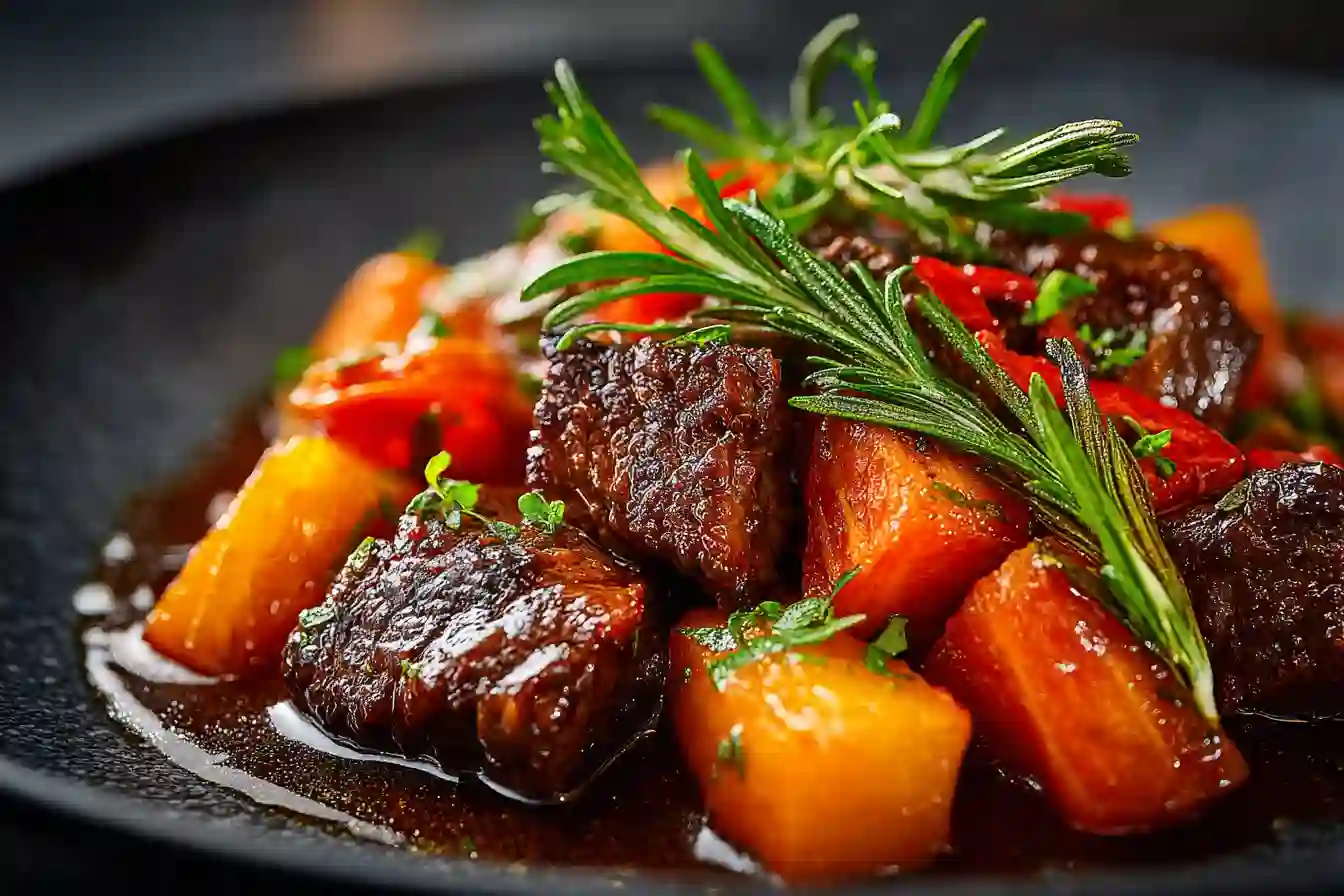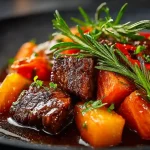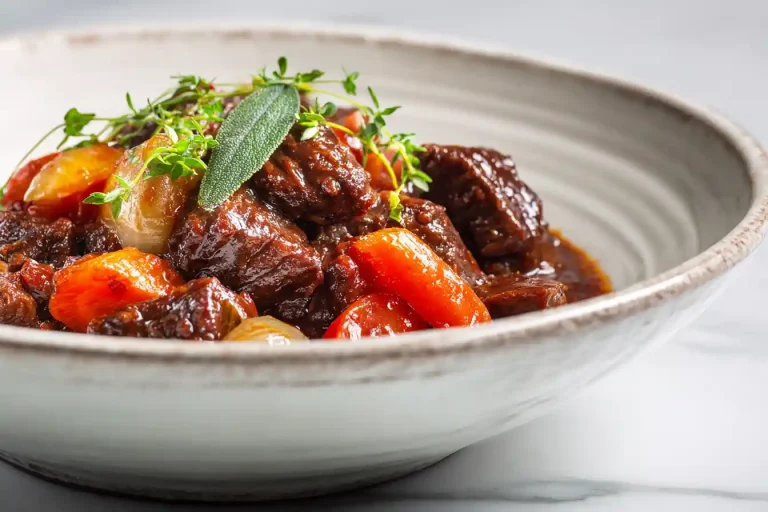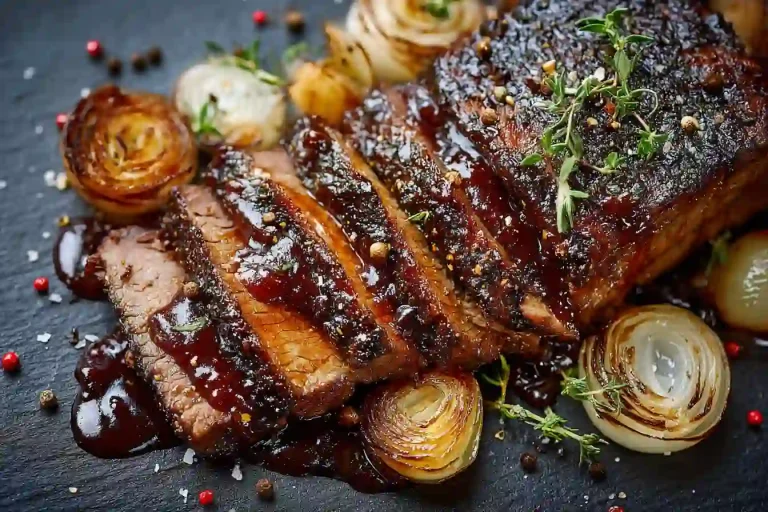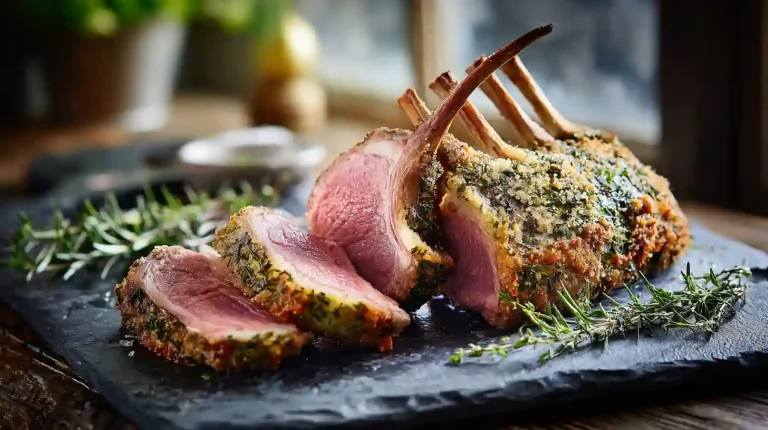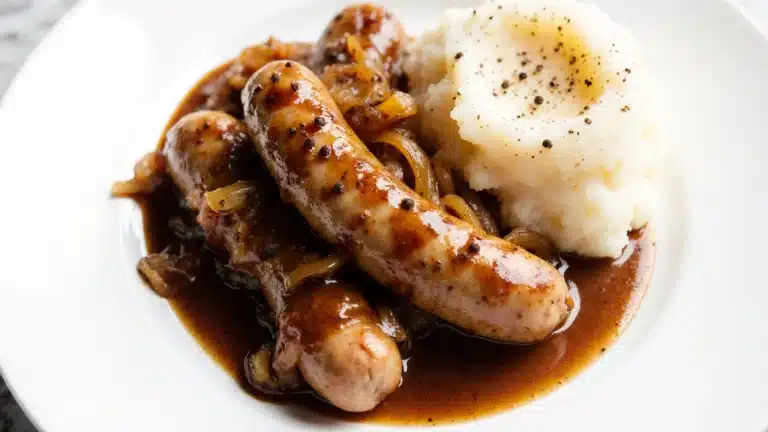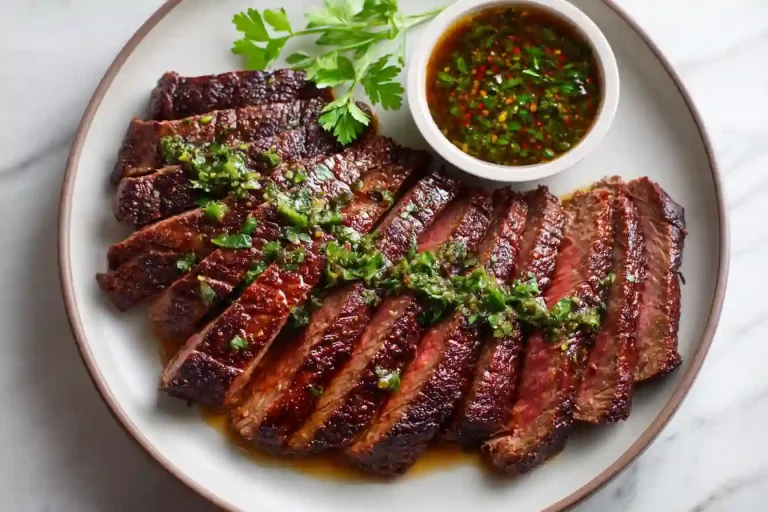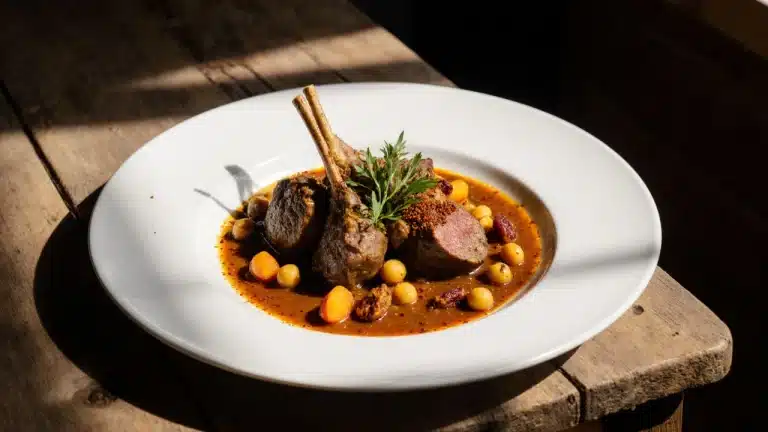Gordon Ramsay Beef Casserole: 7 Secrets for Ultimate Flavor
Ever attempted to whip up a gordon ramsay beef casserole, only to find yourself knee-deep in a soupy mess of overcooked meat and flavors that taste like sadness? I’ve been there. My first encounters with beef casserole were akin to reading an ancient scroll—I followed the incantations of slow cooking, only to have the meat resemble a leather shoe. Then I tuned into the maestro himself, Ramsay, and realized it was all about technique, not just time. Slow cooking at lower temperatures, the symphony of flavors, and the delicate dance of ingredients are what transform a disaster into a masterpiece. Let’s dive into the world of proper cascade technique and make that beef sing!
Why This Technique Wins
When it comes to beef casserole, Ramsay’s version is like that one perfect ex you still think about—flavor that lingers, texture that melts in your mouth, and a method that’s foolproof. You’re not just throwing chunks of meat in a pot; you’re orchestrating a culinary symphony. By searing the beef first, you lock in those robust flavors. Then, with the slow-cooked marriage of herbs, vegetables, and stock, you create a richness that elevates your dish from ordinary to extraordinary. You want that beef to break down gently, to absorb every essence around it—this is the magic of Ramsay’s technique.
What I Got Wrong, And Fixed
Let’s talk about the glorious failings that marked my kitchen early on. My mindset was all wrong—I thought the solution to dry, rubbery meat was to cook longer. Spoiler: it’s not. The first time I tried to make a gordon ramsay beef casserole, I cranked up the heat, thinking I could whisk flavor into existence. Instead, I ended up with a pot of sadness. Ramsay shook my perspective with one simple truth: it’s not about time; it’s about temperature. Reverse-engineering my approach changed everything. I learned to embrace patience, with each layer of flavor emerging through the slow cook—what a revelation! Now, every time I prepare it, I hear his voice: “Don’t touch it yet!” And I don’t!
Tools That Actually Matter
Let’s lay out the essentials—no gimmicky gadgets, just honest tools that will make your life easier. First up, a heavy-bottomed Dutch oven. This beast retains heat like a good friend who never leaves your side. Next, you need a sharp chef’s knife. You want to chop, not hack, and precision matters. Finally, a sturdy wooden spoon is your best mate for stirring things up without scratching your pot. Keep it simple, keep it effective—these tools matter more than all the glittery kitchen crap out there.
The Ingredient Breakdown
Now, let’s talk ingredients. For a stellar gordon ramsay beef casserole, gather 2 lbs (900 g) of braising beef, cut into 1-inch cubes—we want tenderness! You’ll also need 3 tbsp of olive oil to build that divine base, 2 onions, chopped, and 3 carrots, diced for sweetness. Don’t skimp on 4 garlic cloves, minced; they add a punch! A generous splash of 2 cups (500 ml) beef stock, 1 cup (250 ml) red wine, and 2 tbsp of tomato paste tie everything together. Toss in 2 sprigs of fresh thyme, 2 bay leaves, and season with salt and pepper—these aren’t optional; they’re essential!
How to Make It Like Ramsay
To make a fantastic gordon ramsay beef casserole, start by preheating your oven to 325°F (160°C). While that’s heating up, heat the olive oil in your Dutch oven over medium-high heat. When it’s hot, brown the beef cubes in batches. Don’t overcrowd the pot; this isn’t a meat party! Sear them until they gleam, then set them aside. Now, throw in the onions, carrots, and garlic. Sauté until they become beautifully softened. Add the tomato paste, let it mingle, then deglaze with red wine—scrape those delightful brown bits off the bottom; they’re gold! Return the beef to the pot; pour in the beef stock, add your thyme and bay leaves, and season it with salt and pepper. Gently, bring it to a simmer, then cover with a lid and transfer the pot to your oven. Let it work its magic for about 2-2.5 hours until that beef is fork-tender. Serve it piping hot with crusty bread or over creamy mashed potatoes for the ultimate comfort meal.
What Type of Beef is Best for a Casserole?
The best cuts are those that benefit from low and slow cooking, like chuck or brisket. They break down beautifully and become tender magic.
Busy Weeknight Adjustments
Short on time? No worries! Opt for a pre-chopped veggie mix and use a pressure cooker to cut the cooking time drastically. You could even brown your beef in advance, so when the weekday rush hits, you can toss everything together quicker than a Ramsay comeback!
Variations That Actually Work
Want to switch it up? Try a spicy version by adding diced jalapeños or a dash of hot sauce. If you’re feeling vegan, swap in jackfruit or lentils for the beef and use vegetable stock instead of beef stock for a hearty plant-based casserole.
Serving Tips That Impress
When serving, dish out that rich beef casserole like a pro. Present it in rustic bowls topped with fresh parsley for a pop of color. Pair it with buttery, herb-sprinkled mashed potatoes or a crusty loaf of bread—both are perfect for sopping up that divine sauce!
Real Questions, Real Answers
Q: How do I avoid dry meat in my casserole?
A: The key is to cook low and slow—don’t rush it!
Q: Can I use a slow cooker for this recipe?
A: Absolutely! Just browning the meat beforehand enhances flavor.
Q: How long can beef casserole be stored in the fridge?
A: It will stay fresh for 3-4 days in an airtight container.
What It Tastes Like When You Nail It
Imagine sinking your fork into tender beef that bursts with flavor, the savory sauce rich and deep, the veggies perfectly cooked yet still vibrant—the aroma wafting through your kitchen is enough to make anyone weak in the knees. Each bite melts away the day’s worries, a warm embrace in gastronomic form.
Now It’s Your Turn
You’ve got the tools and the technique — now make Ramsay proud. Go on, get in that kitchen and nail this gordon ramsay beef casserole. For more bold classics, check out our beef & lamb dishes.
Gordon Ramsay Beef Casserole
Ingredients
Equipment
Method
- Preheat your oven to 325°F (160°C).
- Heat the olive oil in a Dutch oven over medium-high heat.
- Brown the beef cubes in batches, ensuring they're well-seared but not cooked through. Remove the beef and set it aside.
- In the same pot, add the onions, carrots, and garlic, and sauté until softened.
- Stir in the tomato paste, followed by the red wine, scraping up any browned bits from the bottom.
- Return the beef to the pot, add beef stock, thyme, and bay leaves, and season with salt and pepper.
- Bring to a gentle simmer, cover with a lid, and transfer the pot to your preheated oven.
- Let it cook for about 2-2.5 hours until the beef is tender.
- Serve hot with crusty bread or over creamy mashed potatoes.

